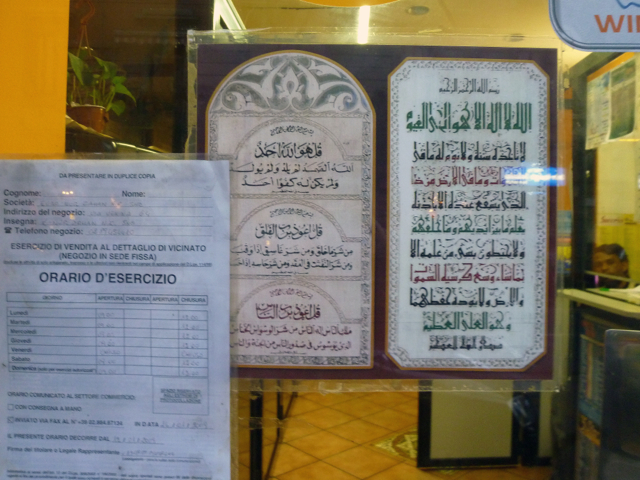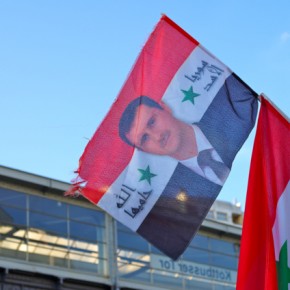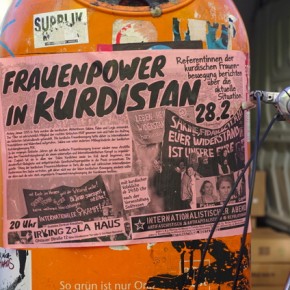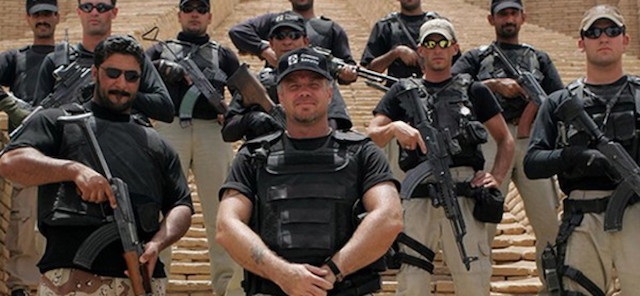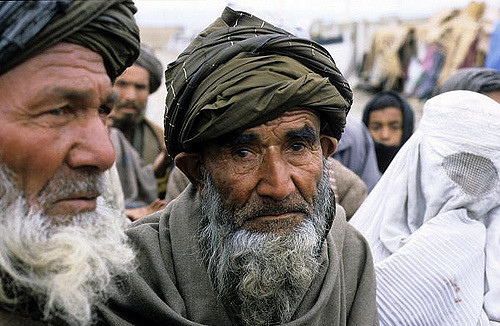There is a reason that Hajj is such an important part of Islamic teachings. The pilgrimage is one of abandoning earthly distinctions. It is a process of collective worship by massive crowds that are subject to the same conditions, down to a dress code of white sheets. Hajj emphasizes radical egalitarianism, and the individual abandoning the self for a collective submission under God.
Given this message of egalitarianism, it’s unusual that the pilgrimage would take place so close to the development projects currently taking place in Mecca. I would go so far as to say that they violate the Fifth Pillar of Islam, given that the classless outlook of Hajj clearly has no bearing on neoliberal policies in the city. This much seems clear: when Mecca starts becoming secretly referred to by its residents as a new Las Vegas, it has lost track of itself.
The city needs a movement to restore Mecca to its historical, cultural, and classless roots. Despite all the shortcomings of using the word “occupy” in a post-imperial Muslim world, what we need is an Occupy Mecca.
Occupy Mecca would primarily target two major problems facing Mecca today. The first is the predatory ideology of Saudi Wahhabism and its erasure of Mecca’s heritage. Many Wahhabi hardliners praise the destruction of the city’s history, maintaining that historical sites and shrines encourage shirkh. Shirkh is akin to idolatry that leads to polytheism. The prevention of shirkh has been a justification for destroying historical treasures globally, notably with the Taliban’s destruction of the Bamiyan Buddhas in 2000. It has motivated the al-Saud monarchy’s policies in erasing the city’s landmarks since modern Saudi Arabia emerged, beginning with the destruction of many important cemeteries in the 1920s. Additionally, it is the main reason that none of Saudi Arabia’s World Heritage Sites are in Mecca.
Within Mecca, the consequences have been swift. The Washington-based Institute for Gulf Affairs has estimated that 95 per cent of Mecca’s historical structures have been demolished in the past two decades alone. Ottoman Mecca is disappearing particularly quickly. For instance, the billion-dollar construction of the Abraj al-Bait Towers required the demolition of the Aiyad Fortress, which dated back to the 18th century. According to the Islamic Heritage Research Foundation, the planned expansion of the Masjid al-Haram (Grand Mosque) puts centuries-old sections at risk, including Ottoman and Abbasid areas. Part of this project included the demolition of the home belonging to the Prophet’s first wife, Khadijah, and its replacement with a latrine block. The list of projects that encroach on cultural landmarks goes on.

However, it would be foolish to suggest that this is solely a result of Saudi Wahhabism. This would neglect the second major problem facing Mecca: Islamist neoliberalism. Saudi authorities are correct to expand infrastructure for tourism in the city, which now receives twelve million visitors annually, and is expected to see this number rise to seventeen million by 2025. However, sensible accommodations could be built outside the city, or even in Jeddah, with links to Mecca by high-speed rail. The main reason that development projects inside Mecca are so aggressive is because the Saudi Royal Family is embracing nakedly neoliberal city planning. The plan is to lure rich tourists at the expense of the city’s character.
There is no clearer example of this than the monstrosity that is the Abraj al-Bait Towers project. Looking at it is mind-blowing. The Abraj al-Bait Towers were specifically designed to be within walking distance from the Grand Mosque. They stand at 1972 feet, arrogantly leaving in their shadow the Ka’aba, the spiritual center of the religion that Saudi Arabia claims to be puritanically representing. Billions of dollars have been invested in the project, which includes a host of skyscrapers that are a mixture of residences and luxury hotels. Those who support it like to brag about its meaningless distinctions, such as it having the world’s largest clock face. Once it is completed, it will be a testament to how Mecca has become a center of spiritual tourism for the world’s richest Muslims.
This mixture of Saudi Wahhabism and spiritually insensitive neoliberalism seems like a paradox. However, in reality, it is a convenient marriage. The state-circulated interpretations of shirkh that generate public support for the demolitions are a way to coat naked aggression in a religious framework. Mecca’s historical structures never really had a chance. Capitalist rules of real estate hold no value for what makes them worth cherishing. Although public outcry sometimes changes this fact, capitalist values dictate that all real estate is able to be sold, demolished, or developed into something more profitable. The value that it holds which is separate from profit is meaningless.
No heritage site is safe in such a system, which is exactly why an Occupy Mecca should call it critically into question. Occupy Mecca, or a movement like it, should not be dismissed as a pipe dream. It is often forgotten that a great deal of Saudi Arabian domestic and foreign policy is still affected by a previous occupation of Mecca. The 1979 Grand Mosque Seizure, in which Salafi terrorists took control of Islam’s holiest site, humiliated the Royal Family and forced them to acquiesce to numerous demands. There is no reason that non-violent action cannot achieve the same objectives by forcing the city to better reflect its classless roots in Hajj and understand that its historical sites do, in fact, have value.
Of course, much of this is facetious. Mecca is losing the few remaining structures that are of cherished value, to soon be replaced by more hollow testaments to an oil-drenched obsession with money and progress. I remember that when I was five years old, I saw a green dome in Medina that rests above the tomb of the Prophet, as well as his companions Abu Bakr, and Umar. Hardline clerics want the structure, which has been improved periodically since the 13th century, to be demolished. If they succeed, and the Abraj al-Bait Towers finish as planned, the Land of the Two Holy Mosques will be a much bleaker place. Pilgrims will be left without a connection to Islamic history, instead gazing upon the garish infrastructure projects. When that happens, I wonder how many people will look up from the Ka’aba at the world’s largest clock face, and wonder about Saudi Arabia’s actual religious pursuits.
Photographs courtesy of Joel Schalit
